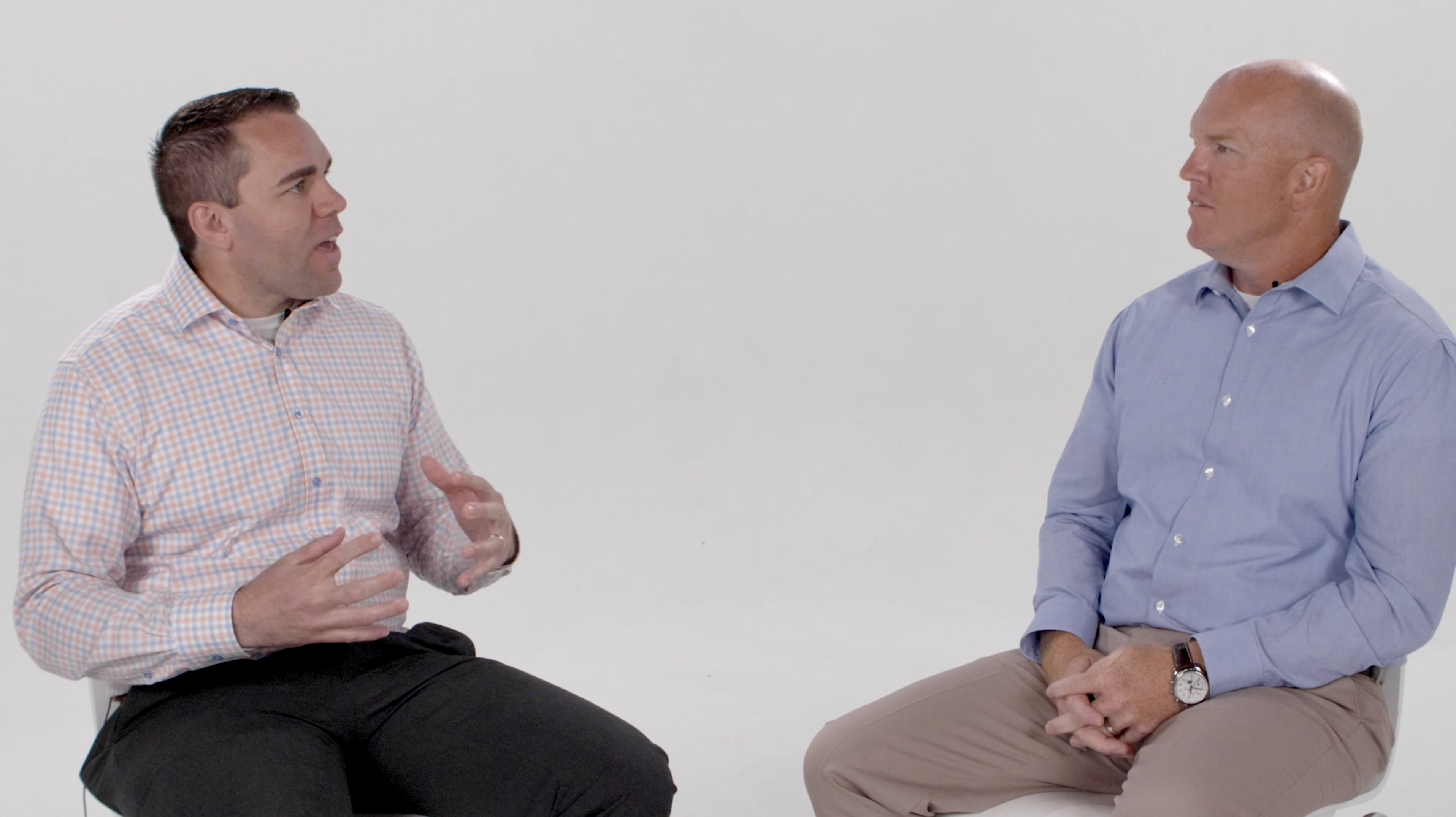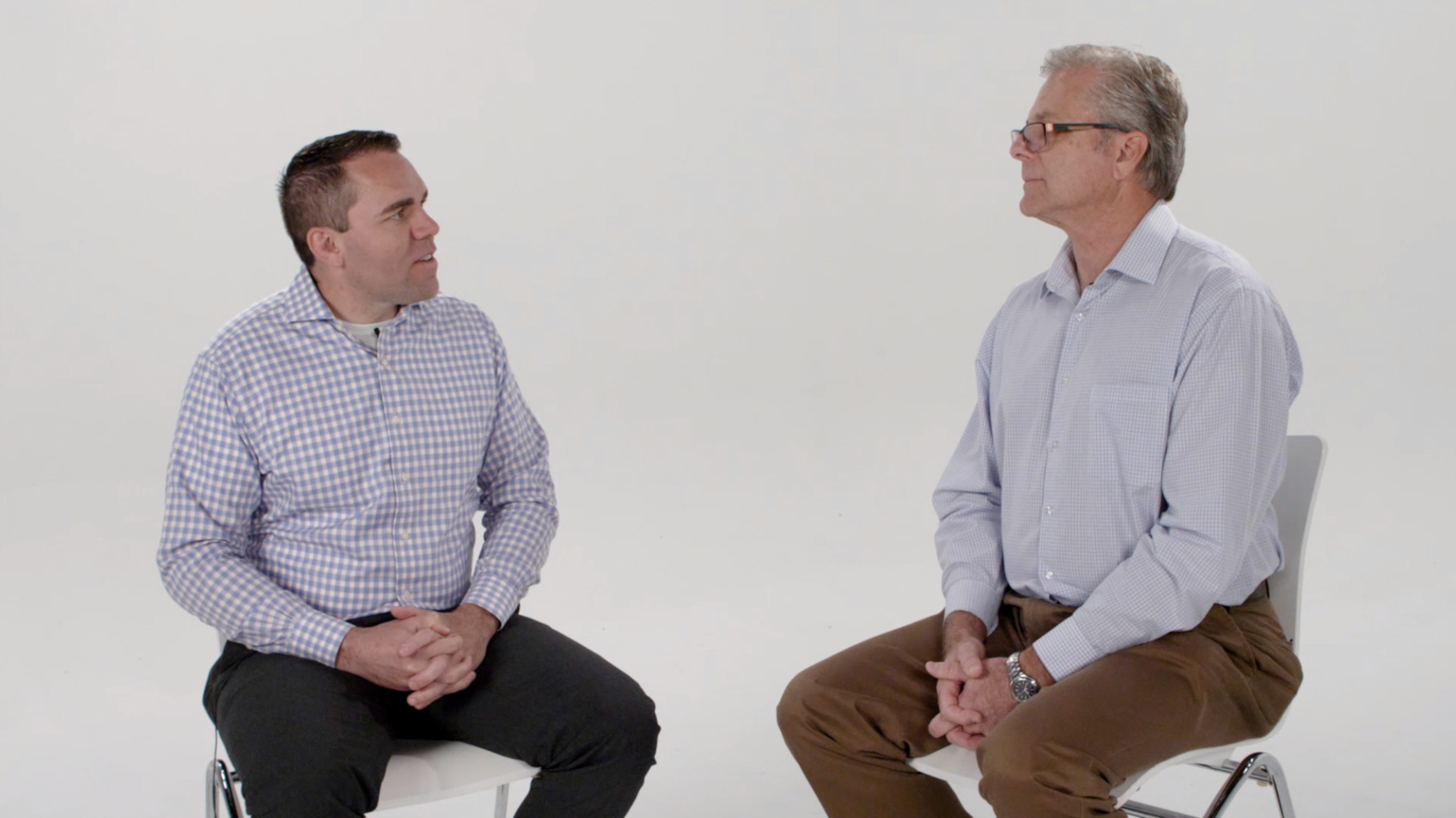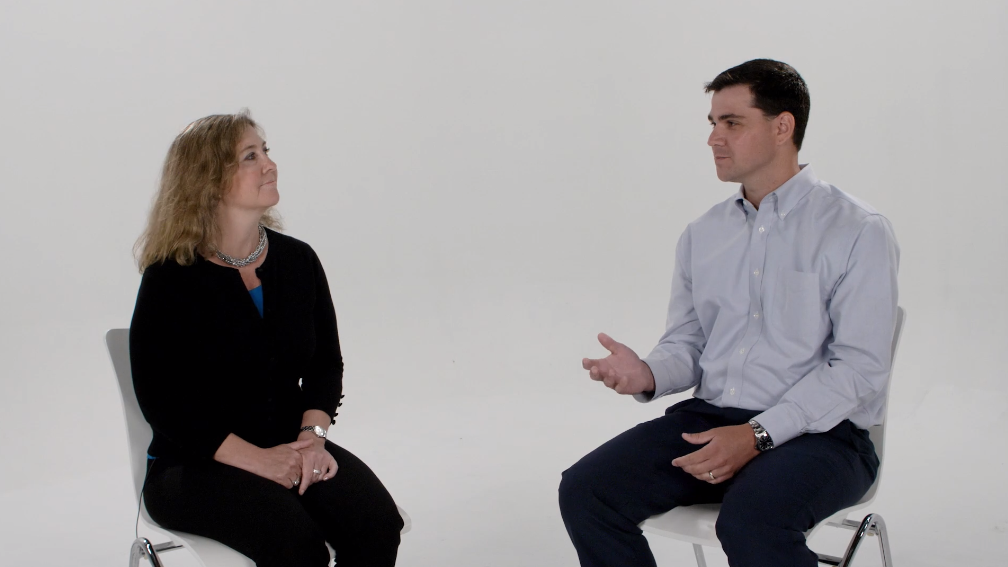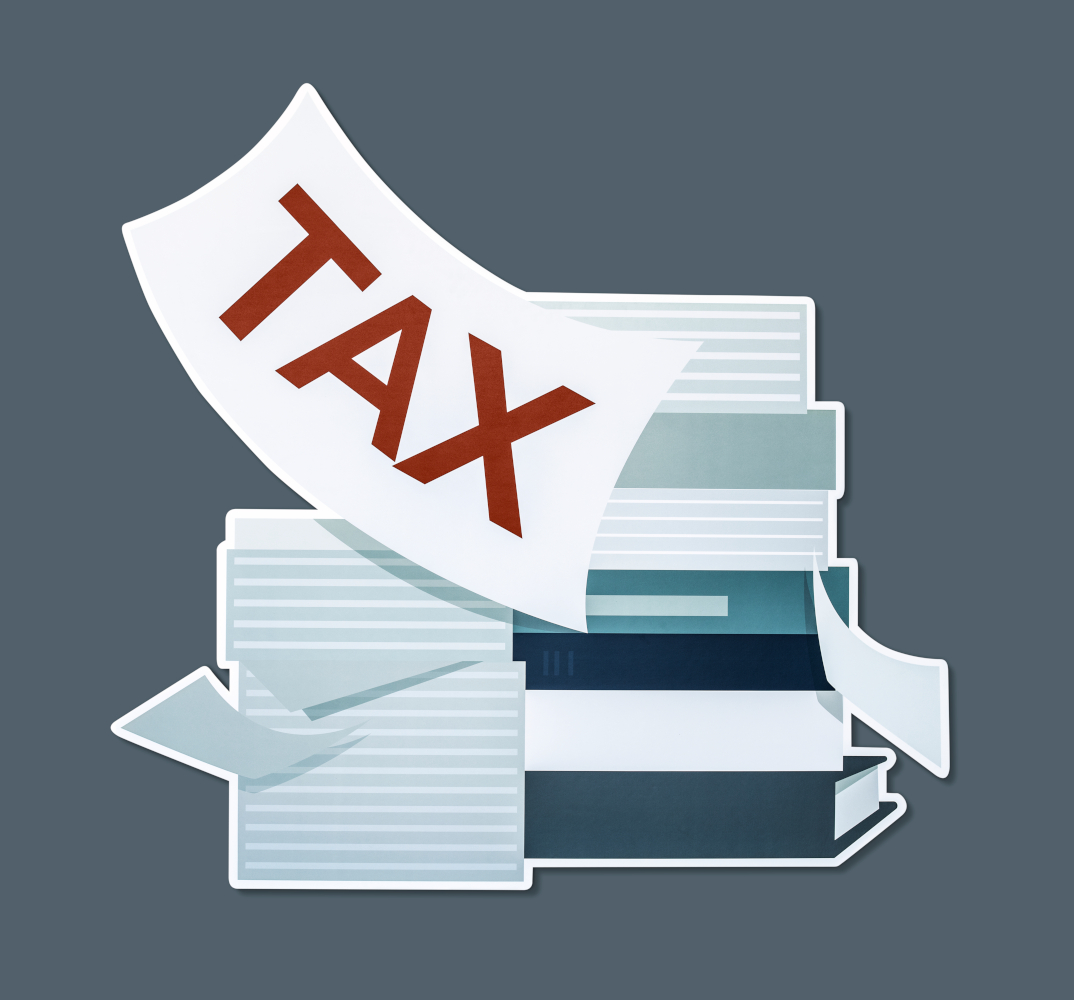Savings Rates for Retirement

As you plan for retirement, there are a few items that may get a larger amount of your attention as you try to fit everything into place. Things like your ideal retirement date, investment performance, and predicted retirement budget are likely some of the top considerations that come to mind when you think of your retirement plans.
However, as you look toward your retirement, it’s important to remember an essential factor that sometimes gets pushed to the side: savings rates.
What is a Savings Rate?
According to Investopedia, a savings rate “is a measurement of the amount of money, expressed as a percentage or ratio, that a person deducts from his disposable personal income to set aside as a nest egg or for retirement”. The amount you save will generally goes directly into various savings vehicles such as your bank account, 401(k), IRA, and taxable investment accounts so that when you ultimately retire you have accumulated enough money to pay for your future living expenses.
What Savings Rate Should I Aim For?
There are lots of rules of thumb regarding savings rates. How much you need to save is often a reflection on the type of lifestyle you want to live, your current age, your current assets, and your remaining time to retirement. Unfortunately, these generic rules sometimes lead to generic recommendations that may or may not suit your needs.
You may have seen figures of the “ideal” percentage that investors should aim for when saving for retirement, but these recommendations are certainly not ideal for everyone. Depending on your age and personal income, this percentage could vary. It’s important to find the figure that works for your lifestyle, this year and in years to come.
Younger individuals with more time to work and save will often need to set less money aside, as a percentage, annually than older individuals who are coming up on their retirement years. For those close to retirement age and without significant existing savings, a more aggressive saving rate may be ideal.
Additionally, individuals with particularly high annual income may find that they need to set aside yearly savings at a higher rate than those with lower incomes, if they desire to maintain a similar standard of living into their retirement years. Again, this can vary, depending on whether existing savings or outside payouts are at play.
What Else Should I Consider?
As with the other factors playing into retirement planning, it’s important not to view savings rates in isolation. Focusing too hard on this one part of the puzzle could leave you open to making poor decisions regarding other components of your retirement plan.
Ultimately, you want to consider your personal savings rate as one of the tools that will help you to achieve the retirement lifestyle that you wish to live. Considerations of retirement age, location, standard of living, hobbies, healthcare needs, and more are important factors that make your individual retirement plan unique.
If you plan to live a lifestyle fairly similar to the one you enjoy now, setting a dedicated portion of your annual income now can help you to fund your needs in the future. Savings rates are a helpful tool that can give you guidance in determining what amount of savings makes sense for your desired goals.













